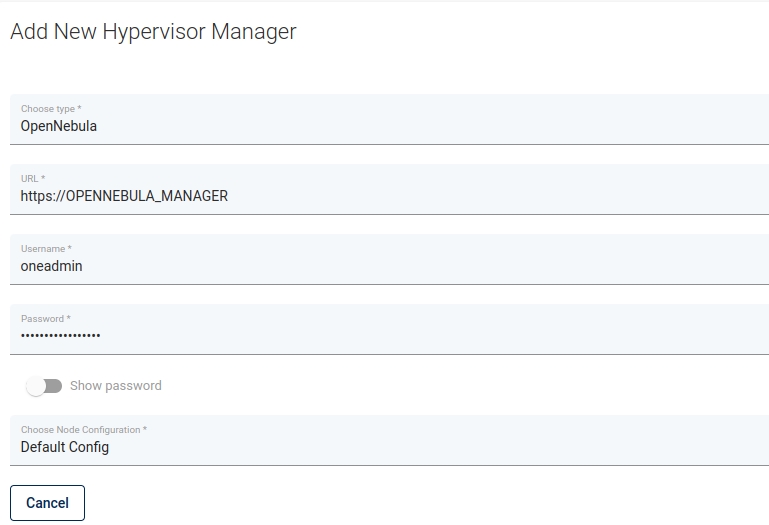OpenNebula
vPlus supports backup for OpenNebula in Disk Attachment Strategy with changed block tracking
supports KVM hypervisors
supports incremental backup
proxy VM is required - used for the disk attachment process

Backup Strategies
Disk Attachment CBT strategy
Backup process
Both full and incremental backup is supported.
OpenNebula SDK is used for all operations on hypervisor manager using XML-RPC API.
Crash consistent snapshots are taken of every non excluded disk.
For every exported disk, vPlus fetch its snapshot and create a new image from it. Later, the new disk is attached to the proxy VM from the newly created image. After copying data from disk to a new backup file, the disk is detached and image removed.
While exporting disks, vPlus is scanning for changes based on checksums. This allows us to later perform incremental backup using these checksums, and we don’t require the last snapshot to be present on OpenNebula.
VM metadata is retrieved using API and saved to the backup file.
Used images metadata is retrieved using API and saved to the separate backup files.
Restore process
When restoring a VM, vPlus restore disks first and then create from saved metadata a new VM, assigning already restored disks to this VM.
When restoring disks that were excluded from backup, vPlus create a new empty image.
When restoring non excluded disks, vPlus create a new empty image, then attach new disk to proxy VM from this image. After copying data from the backup file to the attached disk, a new image is created from the data populated disk. This disk is later detached, and the empty image is removed.
In order to create a restored VM on OpenNebula, vPlus first create a template of it, and then instantiate it. After the new VM is created, the template is removed.
VM is always restored already in RUNNING state.
When restoring VM, we can choose SYSTEM datastore in which VM will start running after restore.
When restoring VM, we can choose IMAGE datastore in which images for VM will be created.
Snapshots
Snapshot management is supported.
OpenNebula does not allow reverting snapshot when VM is still running. Because of that, for the duration of reverting all disk snapshots, VM is suspended.
Creating and reverting snapshots for every disk is not performed in parallel, because OpenNebula does not allow it.
Limitations
Currently, only KVM hosts are supported.
Export of volatile disks (VM disks that were not created from the image and hold their content for the duration of the VM’s deployment) is not supported.